Name Seyit Cabuk | ||
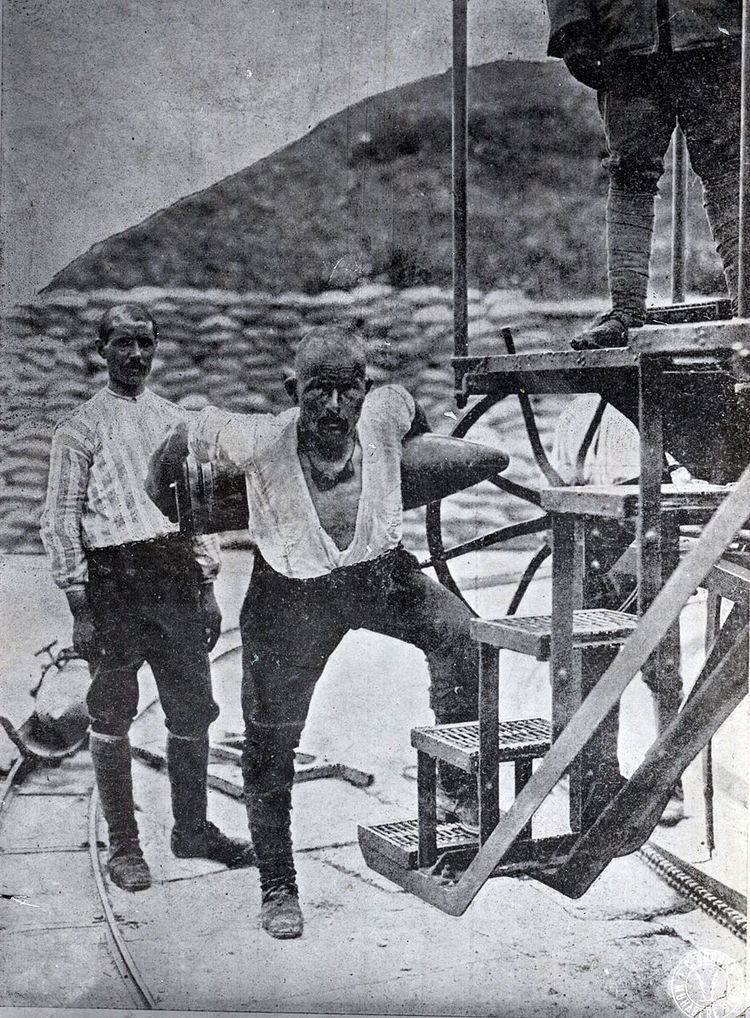 | ||
Koca Seyit' in Torunu Nevzat Gündoğan
Seyit Ali Çabuk (1889-1939), usually called Corporal Seyit (Turkish: Seyit Onbaşı) was a First World War gunner in the Ottoman Army. He is famous for having carried three shells to an artillery piece during the Allied attempt to force the Dardanelles on 18 March 1915.
Contents
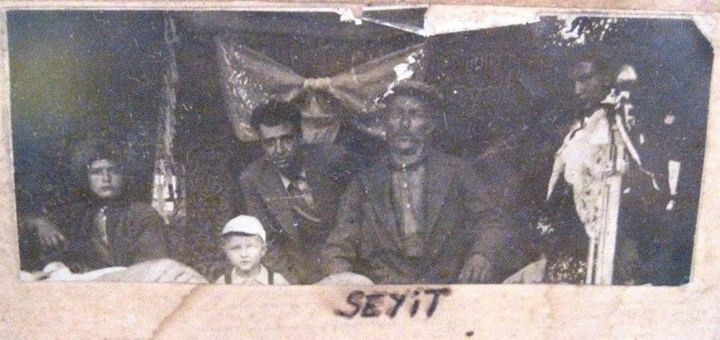
Seyit Onbaşı' nın Mezarı
Personel life

Born in the village of Havran, he enlisted into the army in April 1909. After serving in the Balkan Wars of 1912-1913 he was transferred to the forts defending the Mediterranean entrance to the Dardanelles. Following the heavy naval bombardment of the forts guarding the Narrows on 18 March 1915, the gun he was serving in the Mecidiye fort remained operational but its shell crane had been damaged. Corporal Seyit, by himself, carried three artillery shells weighing 275 kg. to the 240/35 mm gun and enabled it to continue firing on the Allied Fleet. One of the shells reputedly hit the British pre-dreadnought HMS Ocean, and the ship was later sunk by a mine laid by the minelayer Nusret. Seyit had blood gushing from his nose, because of the immense weight of the shells which he carried.
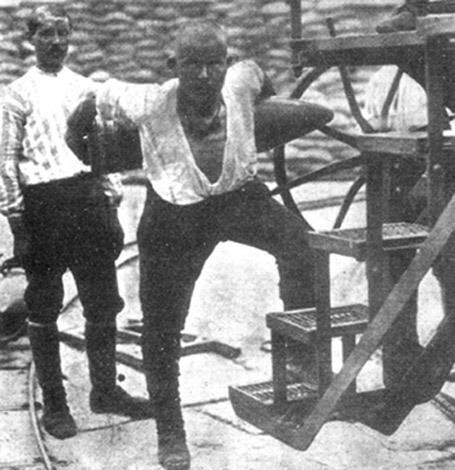
Following the repulse of the naval assault, Seyit was promoted to corporal and publicised as an iconic Turkish hero. After the Battle of Çanakkale, he was asked to have his picture taken with the shell which he famously carried. Corporal Seyit could not move the shell no matter how hard he tried. Afterwards Corporal Seyit uttered the famous words "If war breaks out again, I'll lift it again." After that his photo was taken with a wooden shell.
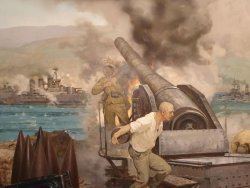
He was discharged in 1918 and became a forester and later a coal-miner. He took the surname Çabuk in 1934 with the passing of the Surname Law. He died of a lung disease in 1939. A statue of him carrying a shell was erected in 1992, just south of Kilitbahir Castle on the Gallipoli Peninsula.
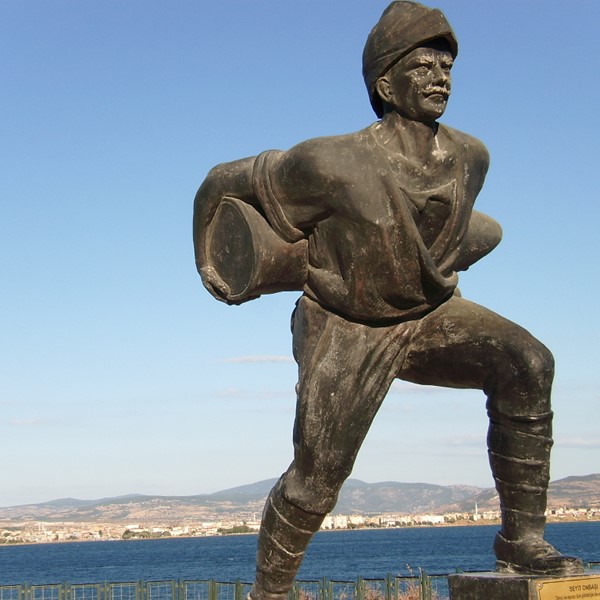
On March 18, Turkish Corporal Seyit Ali placed 215 kilograms of heavy bullets on the top of a cannon. Seyit Ali suffered some damage to Ocean in the first two strokes, but he suffered a severe injury to the British armored HMS Ocean in the third shot. The shot fell under the water mechanism of the ship causing the ship to lie down, then Nusret hit one of the mines that the mine crew had dumped. In the HMS Ocean it was capsizing shortly after this wound. Memorial ceremonies are held in Çanakkale and other cities under the name of "18 March Çanakkale Martyrs Memorial Day" in Turkey every year on 18 March.
